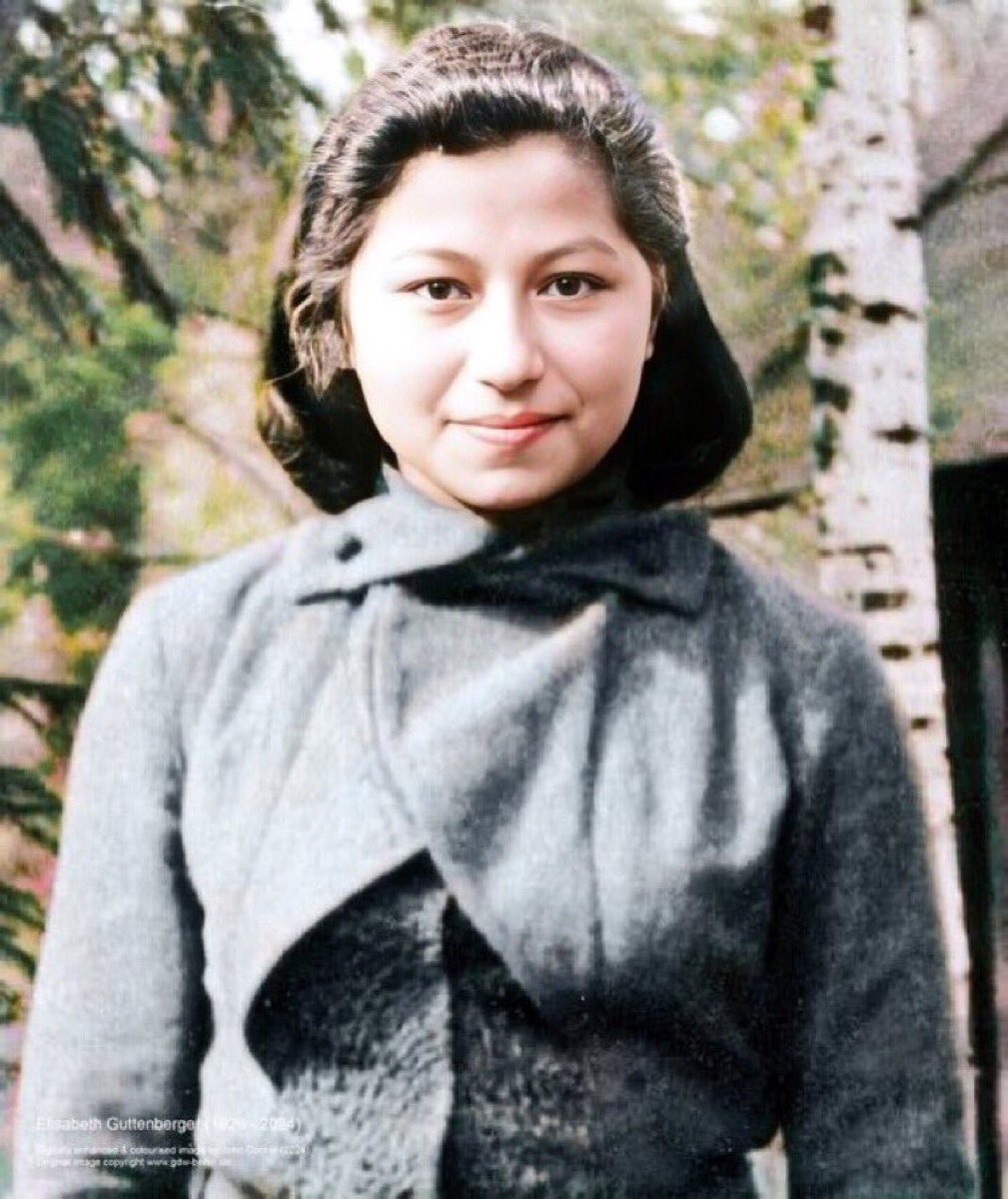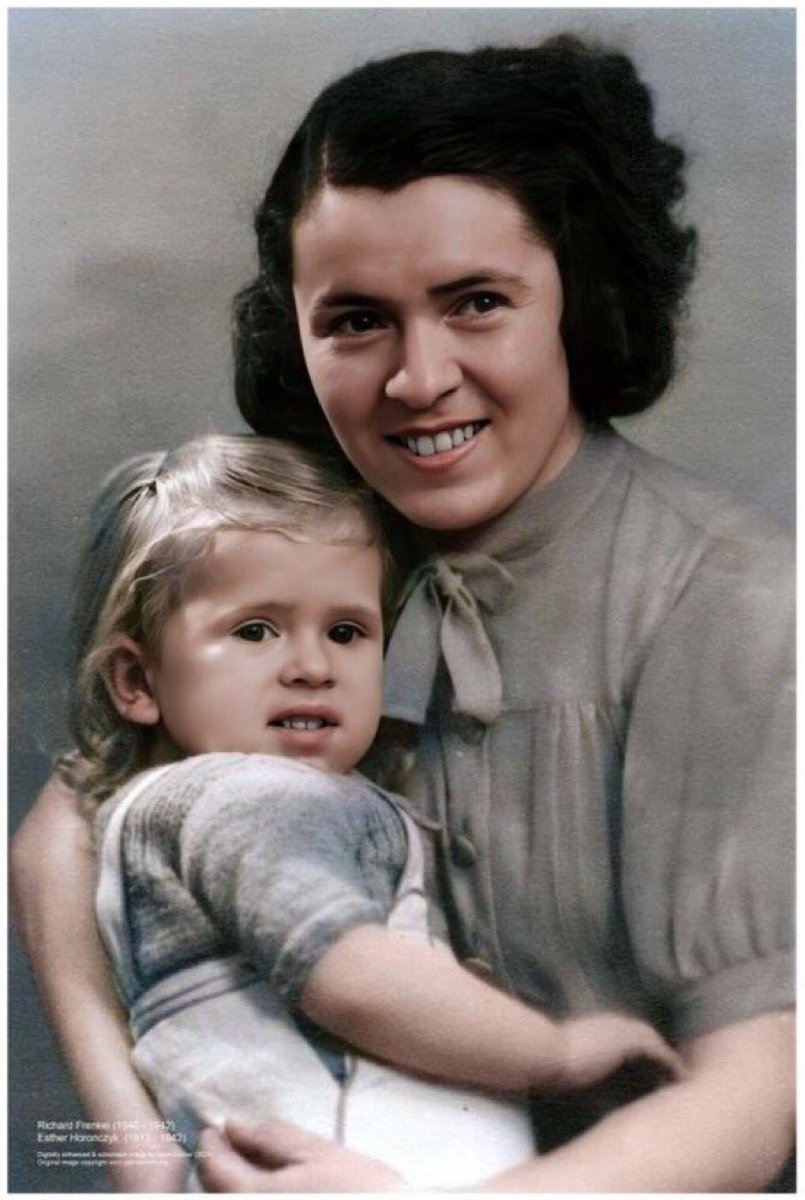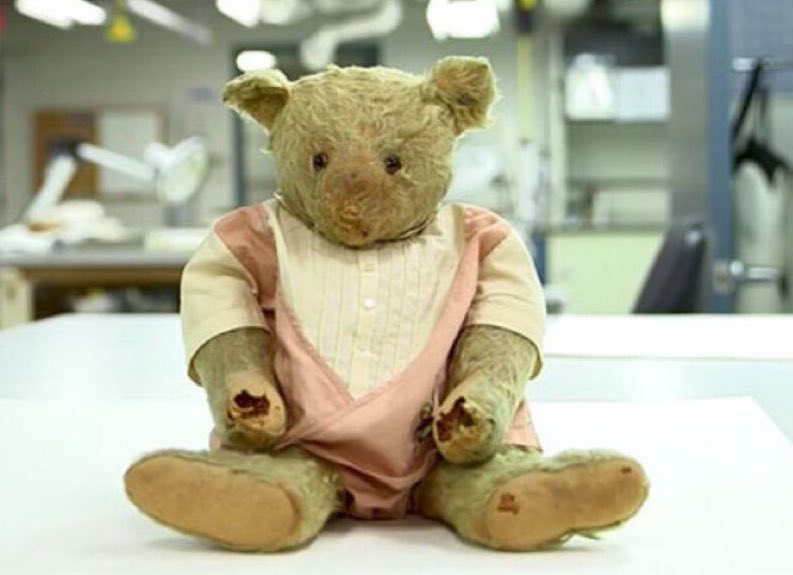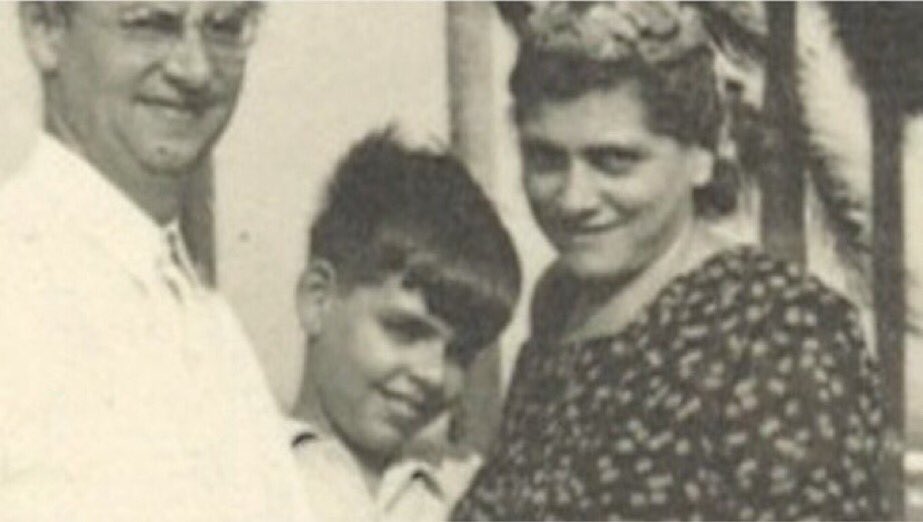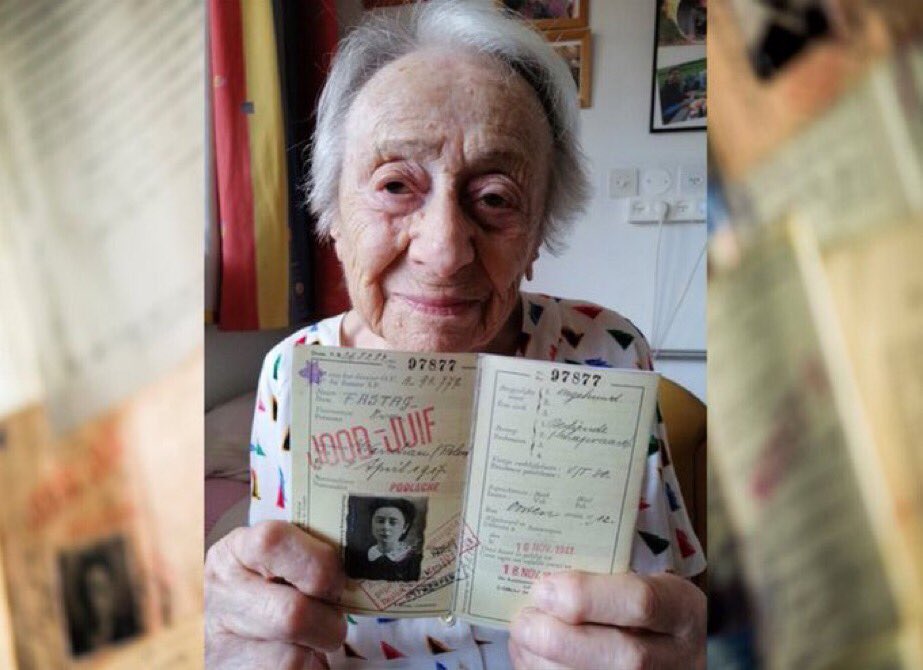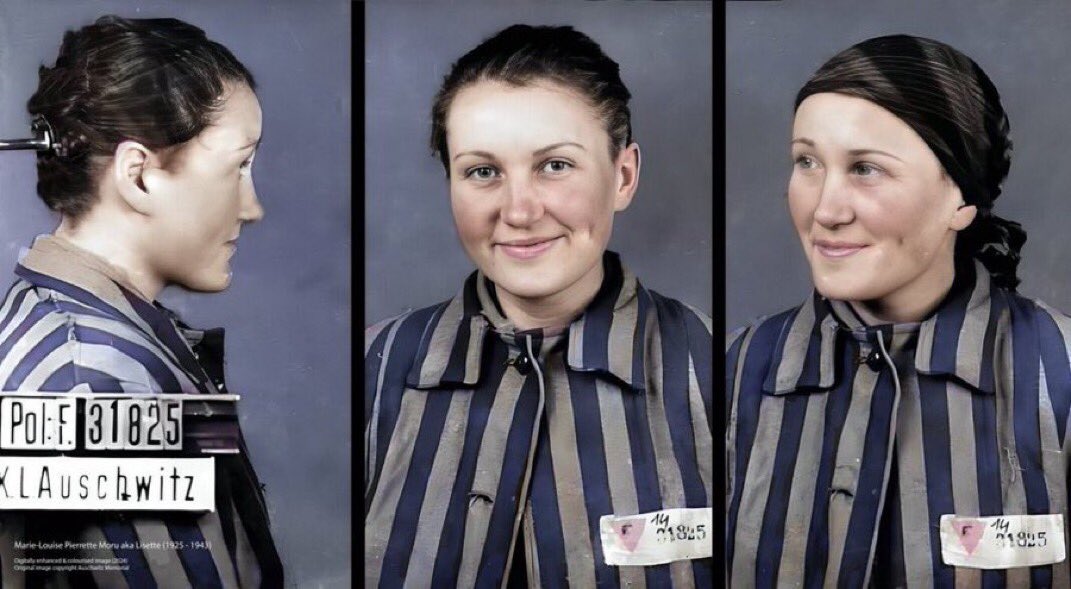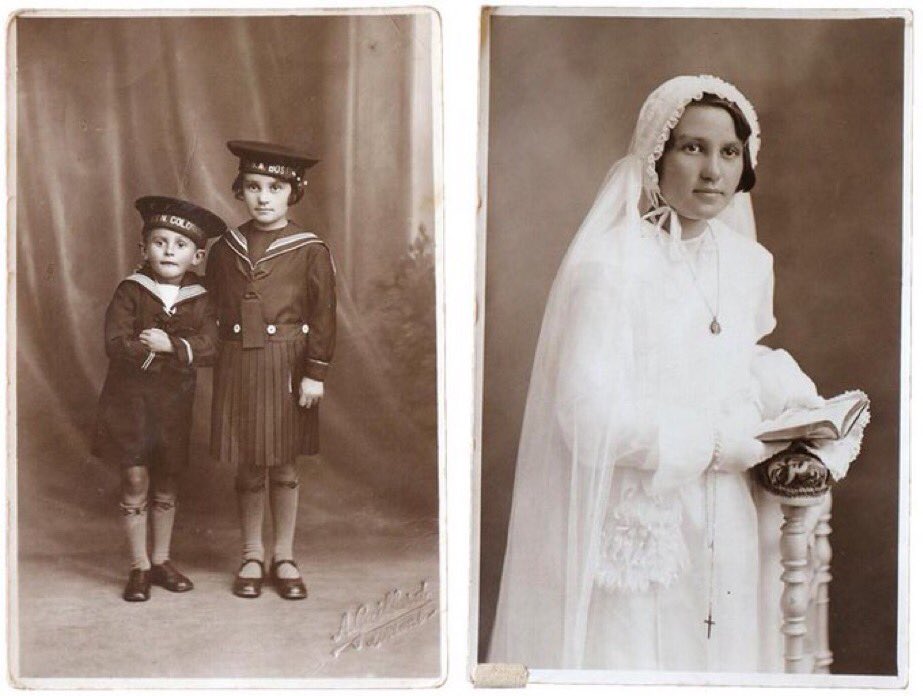1/n On August 29, 1968, Yad Vashem recognized Henry Christian Thomsen and his wife Ellen as #RighteousAmongTheNations.
This Danish innkeeper, an active member of the resistance, saved the lives, at the risk of his own, of hundreds of Jews by helping them reach Sweden.

This Danish innkeeper, an active member of the resistance, saved the lives, at the risk of his own, of hundreds of Jews by helping them reach Sweden.


2/n Henry Christian Thomsen, active member of the Danish resistance and owner of an inn in the village of Snekkersten in the north of the island of Seeland in Denmark, will save the lives of hundreds of persecuted Jews by helping them reach Sweden, and pay with his life.
3/n Thomsen and his wife Ellen were involved in the resistance from its very beginnings, helping to transport illegal shipments to Sweden. When news leaked in October 1943 about the deportation of Jews from Denmark,
Ellen Margarethe & Henry Christen Thomsen
Ellen Margarethe & Henry Christen Thomsen

4/n Thomsen joined the Resistance's efforts to smuggle the Jews to Sweden. His inn quickly became the meeting point for local fishermen involved in the rescue operation. Soon the number of refugees was so large that it became
The Thomsen inn in Snekkersten
The Thomsen inn in Snekkersten

5/n difficult to organize their transfer. Thomsen decides to buy a small fishing boat and transport them himself to Sweden, but he was quickly arrested by the Gestapo. Luckily, due to lack of clear evidence, he was acquitted of the charges of illegal transport of Jews to Sweden
6/n brought against him. Despite the danger, he resumed rescue operations before being arrested by the Gestapo for the second time. He was then deported to the Neuengamme concentration camp in Germany, where he died on December 4, 1944. 

7/7 On August 29, 1968, Yad Vashem would recognize Henry Christian Thomsen and his wife Ellen Margrethe as Righteous Among the Nations.
Memorial erected in memory of Henry Christen Thomsen in Denmark.
Memorial erected in memory of Henry Christen Thomsen in Denmark.

• • •
Missing some Tweet in this thread? You can try to
force a refresh


